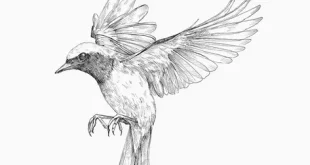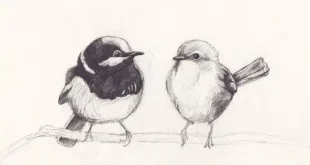How Canary Birds Became Popular Pets in the USA
1. Introduction to Canary Birds
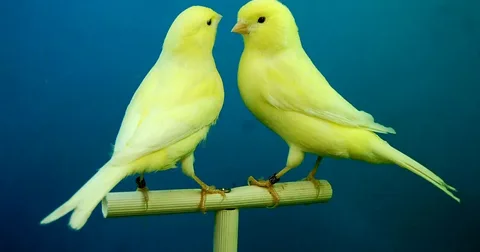
Canary birds are admired worldwide for their vibrant plumage and delightful singing abilities that captivate many. Originally from the Canary Islands, these birds gained fame through trade and quickly became popular domestic pets. Their adaptability, charm, and unique songs set them apart from many other small bird species. Owners appreciate them for their relatively easy care requirements compared to other exotic birds. Birds thrive in spacious cages with access to clean water, nutritious food, and proper ventilation. Their ability to live happily in households makes them ideal companions for bird enthusiasts. Known for their intelligence, they can learn basic tunes and respond positively to attentive care. With their striking colors and soothing songs, these birds have continued to enchant households across generations, making them a symbol of beauty, melody, and companionship.
2. History and Origins of Birds
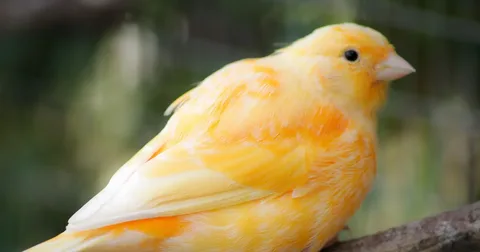
The history of birds traces back to the Canary Islands, where they lived freely in natural habitats. Spanish sailors first transported them to Europe during the 15th century, creating great demand among nobles. Breeding programs soon began, resulting in various types of canary birds admired for both beauty and voice. These programs produced song canaries, color canaries, and type canaries with distinct features and qualities. Over centuries, selective breeding enhanced their ability to produce melodious tunes, delighting families across different cultures. The popularity of these birds grew so much that owning one became a symbol of refinement. Eventually, birds spread beyond Europe, reaching America, where they became cherished household pets. Their captivating melodies and vibrant feathers ensured their place as timeless companions in homes worldwide.
3. Unique Characteristics of Canary Birds
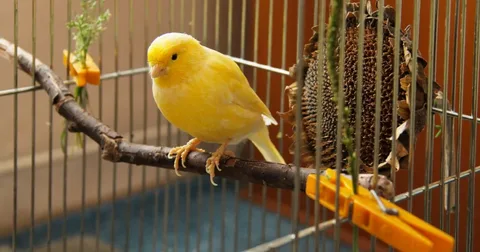
One of the most remarkable features of birds is their exceptional singing ability, especially among the males. These songs vary in complexity, pitch, and rhythm, often depending on selective breeding traditions practiced for centuries. Their plumage displays a wide range of colors, including yellow, orange, red, white, and even variegated patterns. Despite their small size, they are energetic birds, often filling rooms with cheerful movements and sounds. Another unique trait is their independence, since they can entertain themselves without constant human interaction or companionship. Unlike many other species, they thrive best when kept individually, allowing them to showcase their personality fully. Proper care and a healthy environment enable them to live long, active lives. Their combination of beauty, charm, and melodious songs makes treasured companions worldwide.
4. Caring for Canary Birds at Home
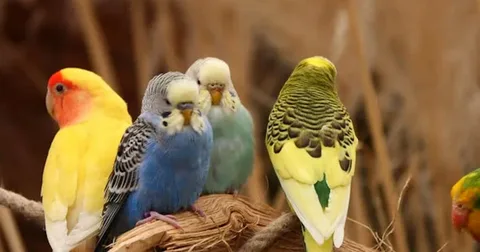
Caring for canary birds requires attention to diet, housing, and overall well-being to ensure a healthy life. A balanced diet includes quality seeds, fresh greens, vegetables, and supplements to maintain vibrant feathers and strong health. Their cages should be spacious, well-ventilated, and positioned away from drafts or extreme temperatures for safety. Providing clean water daily is essential, along with occasional baths that help maintain feathers in pristine condition. Regular cleaning of cages prevents illnesses, ensuring the birds remain active and comfortable throughout their lifespan. Canary birds require mental stimulation, often achieved through mirrors, swings, and safe toys within their living space. While they do not require constant handling, gentle interaction strengthens the bond between owner and pet. With consistent care and affection, canary birds can flourish beautifully within home environments.
5. Cultural Significance of Bird
Throughout history, birds have held symbolic meaning in literature, music, and even industrial practices worldwide. Their melodious songs were often compared to expressions of joy, hope, and freedom across various cultures. In coal mining history, birds were once used to detect dangerous gases, showcasing their unexpected role in safety. Artists and poets frequently referenced them as symbols of beauty, innocence, and the fragility of life.
Charming Beauty of Canary Birds
Canary birds are small, colorful songbirds admired for their cheerful personalities and delightful voices. Originally native to the Canary Islands, these birds have become popular pets around the world due to their beauty and musical chirping. Their feathers come in various shades, including yellow, orange, and white, making them a stunning addition to any aviary. Canary birds are easy to care for and thrive in clean environments with plenty of light and space. They enjoy singing throughout the day, especially the males, who use their songs to attract attention. Because of their gentle temperament, they are ideal companions for bird lovers and beginners who wish to keep a low-maintenance pet.
Habitat, Diet, and Lifestyle of Canaries
In the wild, canaries prefer warm, sunny regions with abundant vegetation and open spaces for flying. As pets, they should be kept in spacious cages that allow freedom of movement and wing exercise. Their diet mainly consists of seeds, fruits, and leafy greens, which provide essential nutrients for their vibrant plumage and overall health. Canary birds are social creatures but often enjoy living alone, as they can become territorial when sharing cages. With regular interaction and a calm environment, they quickly adapt to human presence and express happiness through constant singing. Their charming nature, vivid colors, and melodic songs continue to make them one of the most beloved pet birds globally.
 Birds Drawing Birds Drawing
Birds Drawing Birds Drawing

